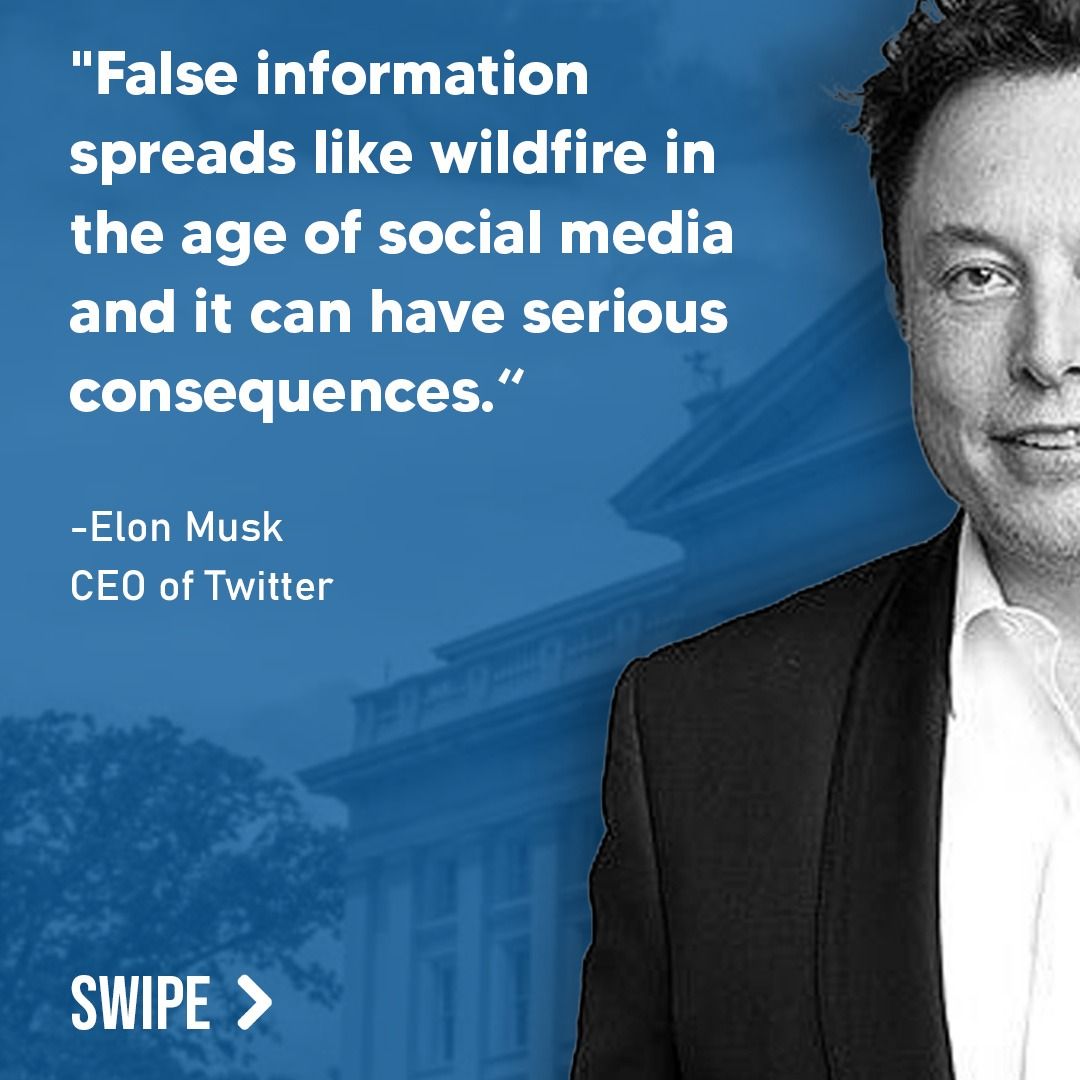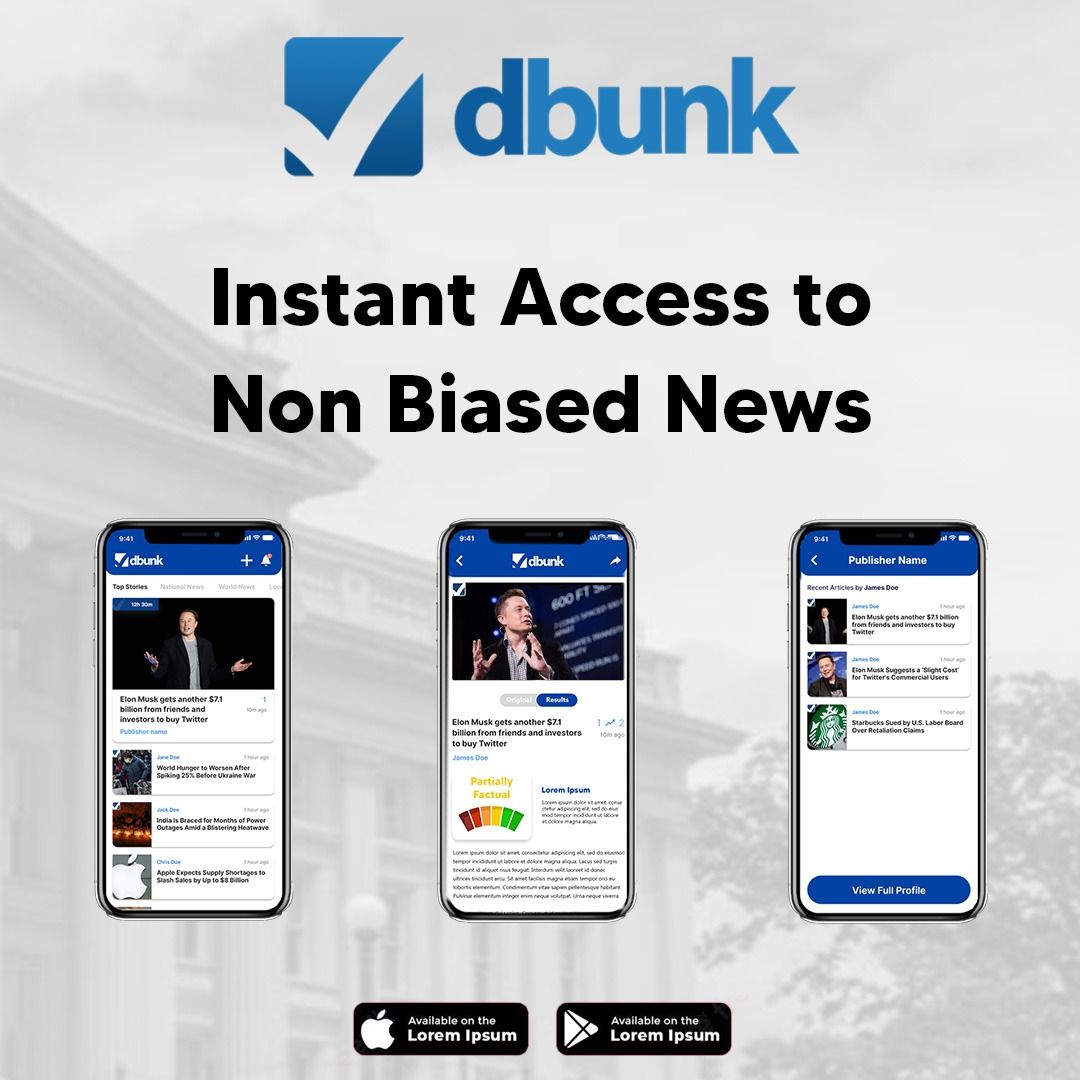“`html

Fact Check Analysis: How Reliable Are AI Persona Datasets?
A DBUNK subscriber recently submitted this article from Forbes, authored by Lance Eliot, for fact checking. Curious about the credibility of the claims made, particularly surrounding massive datasets of AI personas and their potential biases, the subscriber asked: “How accurate or unbiased can these massive AI persona datasets really be? Aren’t they likely to embed stereotypes or assumptions?”
Before we dive into the detailed fact check, here’s some advice to our readers: You can also submit articles like this for review—entirely for free. Fact checking is a community effort, and DBUNK is here to equip you with the tools to counter misinformation. Let’s unpack what’s real and what’s not in this article.

The Article’s Primary Claim and Initial Questions to Consider
The article, published on January 24, 2025, focuses on the emergence of massive datasets of millions and billions of ready-made AI persona descriptions. It claims these datasets, such as those hosted on platforms like HuggingFace (FinePersonas) and PersonaHub, simplify and streamline the creation of realistic synthetic personas for diverse applications. While this seems like an innovative step in generative AI, the lack of scrutiny regarding biases, stereotypes, and accuracy in crafting these personas raises significant questions.
Here’s the original article link for reference: Read the full article on Forbes.
While the author provides some examples of how these datasets can be used, the article largely avoids discussing the potential pitfalls, namely:
- Are these datasets embedding societal biases or stereotypes?
- How diverse are the personas, beyond generalized or stereotypical descriptions?
- How rigorous is their source validation for accuracy and fairness?
To DBUNK’s audience, these omissions are cause for concern. Let’s break it down.

Fact Check Findings: Claims Scrutinized
While the article provides a detailed overview of the functionalities of datasets like FinePersonas and PersonaHub, it fails to address fundamental concerns about how these personas are generated and their practical implications. Below are key issues highlighted in our investigation:
Unaddressed Bias and Stereotyping in AI Personas
The datasets mentioned (FinePersonas and PersonaHub) are claimed to contain millions to billions of personas. However, the article overlooks the inherent risks in data synthesis at this scale. According to research, large-scale generative AI datasets often derive information from unvetted online sources. Introducing millions of personas based on these datasets significantly raises the likelihood of reinforcing stereotypes, biased assumptions, and cultural inaccuracies. A clear lack of discussion about dataset vetting in the article complicates the claim that these datasets are “realistic” or “diverse.”
The PersonaHub research paper even admits, “As the first version of Persona Hub…the descriptions of these personas are focused only on major aspects and lack fine-grained details (e.g., preferences for colors and numbers; specific family backgrounds, historical contexts, and life experiences).” This implies that nuance, a crucial aspect for avoiding generalizations, is still missing in such datasets. By omitting this admission, the article paints an incomplete picture for its readers.
Scalability vs. Rigor: A Trade-Off?
The article emphasizes the potential of these datasets to create billions of personas, but scalability often diminishes precision. Claims like “1 billion personas (∼13% of the world’s total population)” insinuate comprehensive world representation. However, empirical evidence suggests that global datasets often disproportionately reflect Western-centric media and narratives, leaving marginalized communities underrepresented or misrepresented.
The article neither questions nor investigates how representative these personas truly are. For example, can FinePersonas genuinely recreate the persona of someone from rural Southeast Asia or Sub-Saharan Africa without falling into caricatures? Without acknowledging these gaps, it risks misleading readers about the datasets’ inclusivity.

Insufficient Transparency in Persona Generation
The article implies ease of use when generating personas, but fails to mention critical transparency challenges. Persona generation often involves extracting traits from public data, raising ethical concerns about consent, privacy, and potential violations of copyright. Questions of accountability—particularly around generative models given free rein to “create”—are glaringly absent from this analysis, despite their importance in adopting these technologies responsibly.
Clarifying the User’s Question: Can These Datasets Truly Be Unbiased?
The short answer is: No dataset is entirely free from bias, and larger datasets often compound the problem. AI persona datasets, like those referenced in the article, can be incredibly useful and innovative, but their reliability comes down to rigorous validation processes. Currently, such processes are rarely outlined transparently.
Datasets like FinePersonas and PersonaHub are primarily derived from online sources and synthetic models, which embed both explicit and implicit biases present in their training data. Without manually auditing these millions (or billions) of personas—a Herculean task—there is no guarantee that they don’t replicate harmful stereotypes.
To DBUNK’s readers: Always verify the source and methodology behind AI-generated content. A scalable system is only as ethical and accurate as its creators allow it to be.

Final Verdict
The Forbes article by Lance Eliot provides a valuable introduction to AI persona datasets but lacks critical depth on potential downsides, such as bias, stereotyping, and ethical challenges. While these datasets might streamline content generation, readers should be cautious about their limitations and implications.
As misinformation continues to gain ground, tools like DBUNK empower users to cut through the noise. If you’re concerned about the veracity of an article, submit it to DBUNK for a detailed fact check. Together, we can combat the spread of misinformation and strive for transparency and accountability in digital media.
Visit DBUNK or follow us on social media for more insights. Don’t miss the launch of the DBUNK app—your go-to resource for debunking fake news.
“`

